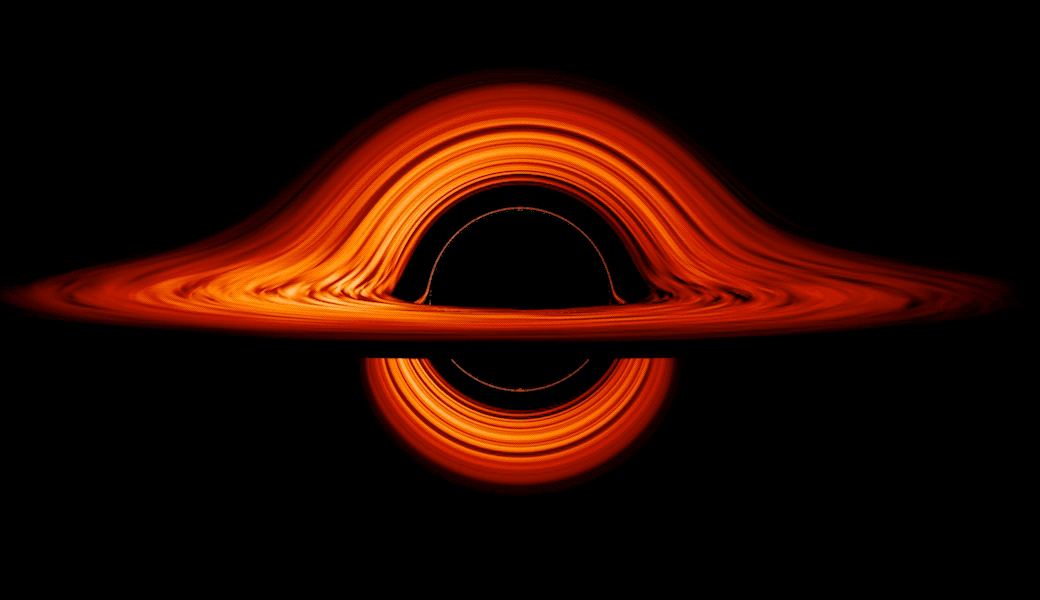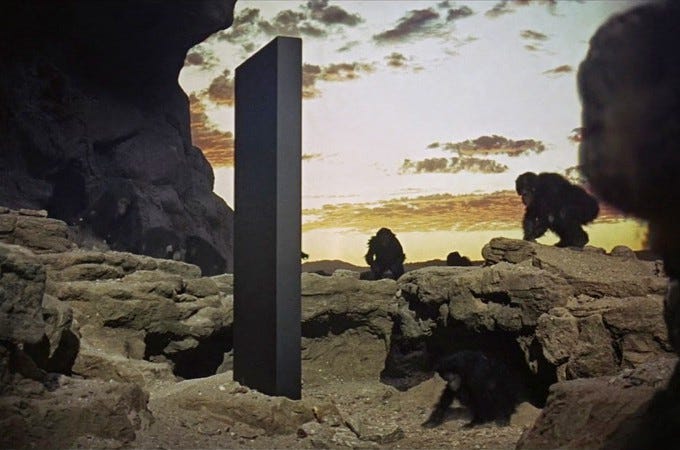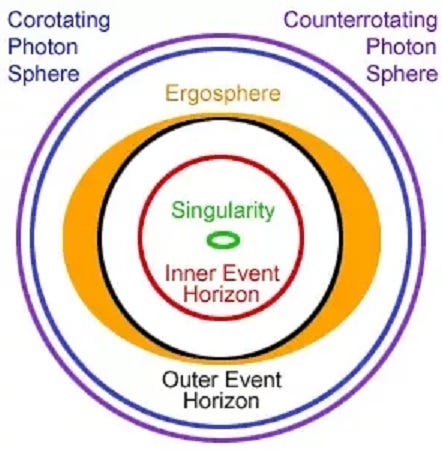# Exploring Time Travel Through Spinning Black Holes
Written on
Chapter 1: The Fascination with Time Travel
Many of us are drawn to articles that ponder profound questions like our origins, future, and the essence of life and the universe. It's as if we are all captivated by the themes explored in Fritz Leiber’s Curse of the Stars and the Smalls, a must-read for enthusiasts of 1980s fantasy narratives. When a respected astrophysicist asserts that time travel is possible, it leaves us in disbelief.
Two informative podcasts that I follow are Astronomy Cast, hosted by Fraser Cain and Pamela Gay, and Universe Today, also hosted by Fraser Cain. Both shows provide humbling insights for listeners and serve as a reminder of our limited understanding of the cosmos. I highly recommend them for anyone curious about what lies beyond our atmosphere.
Recently, I tuned in to Universe Today, episode 744, featuring an interview with Ronald Mallet, a theoretical physicist and professor emeritus at the University of Connecticut. Fraser describes Prof. Mallet as a “highly esteemed expert in general relativity, physics, astrophysics, and cosmology.” Fraser’s accolades for Prof. Mallet's expertise are well-deserved, and I readily admit that I am merely a novice in comparison.

Section 1.1: Understanding Black Holes and Time
So, what are the basic concepts that a layperson should grasp? You might be familiar with the term "event horizon" associated with black holes—the boundary beyond which gravity is so intense that even light cannot escape. Notably, while static black holes possess a single event horizon, spinning black holes feature two. Moe Incanto from Quora provides a valuable explanation and visual aid:
In a rotating black hole, the threshold at which rotational speed meets the speed of light differs from the point where escape velocity matches the speed of light. Within the ergosphere, objects cannot escape being dragged along with the rotation; however, as long as they remain outside the outer event horizon, they can theoretically evade being pulled into the singularity.

Section 1.2: The Mechanism of Time Travel
Prof. Mallet explains that if one enters the outer event horizon at the correct angle and speed—without crossing into the inner event horizon—they can escape and venture into open space. For now, let's accept Prof. Mallet's premise. He highlights the phenomenon of "frame-dragging" occurring between the inner and outer event horizons. Most individuals with a basic understanding of physics recognize that, as per Einstein’s General Relativity, stronger gravitational fields result in slower time passage. This has been empirically validated through the observation of a particular white dwarf star, as well as through the famous experiment involving the Kelly twins—one on Earth while the other spent time aboard the International Space Station. Upon reuniting, the space-traveling twin was found to be five milliseconds younger than his brother (factoring in their respective birth times).
While this example is amusing, it is crucial to note the significant disparity between the gravitational effects of Earth and those of a supermassive black hole. A black hole's gravity not only slows time but also drags spacetime itself, a phenomenon known as the Lense-Thirring Effect, commonly referred to as "frame-dragging."

Chapter 2: The Implications of Frame-Dragging
Consider this: if the gravity of Earth can slow time, how much more pronounced would this effect be near a supermassive black hole? Within that gravitational influence, time is not only slowed; spacetime is being dragged along, meaning that if someone navigates deep enough into the region between the inner and outer event horizons, they would be entering a segment of spacetime that is effectively situated in the past.
How far back can one go? Prof. Mallet contends that predicting a specific destination is impossible. In theory, one could access parts of spacetime from billions of years ago, stemming from the time the black hole was first created. However, one must also achieve a velocity that allows them to escape the outer event horizon.
The intriguing question arises: if a spacecraft enters the outer event horizon while in the present and accesses a spacetime segment from the past, when it exits that segment, does it remain anchored in that past, or does it return to its original timeframe? The more I ponder this, the more I see that Prof. Mallet's theory is akin to a clever workaround, a moment when the linear progression of time is circumvented. Yet, upon exiting that past segment of spacetime, the spacecraft is undoubtedly subjected to the normal flow of time.
Moreover, if the spacecraft can reach sufficient speeds to enter the outer event horizon in the present and then exit at a point in the past, it likely has the capability to travel close to light speed, enabling it to return to its original timeframe through time dilation effects.
Mind-blowing, indeed. What we require is a spacecraft capable of near-light-speed travel for extended periods (while enduring the gravitational forces near a singularity), to test whether the "grandfather paradox" is a reality. Personally, I remain hopeful for David Deutsch's multiverse theory.
This first video examines the concept of time travel through black holes, exploring the science behind how it could potentially work.
In this second video, the discussion revolves around the possibility of traveling to new universes via rotating black holes, delving into the speculative nature of such journeys.